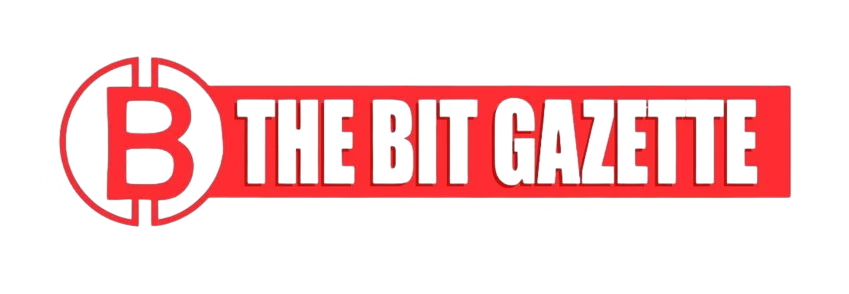The European Central Bank has warned that the stablecoin market poses mounting risks to financial stability after the sector’s capitalization surpassed $280 billion, the highest level on record.
In its latest financial stability assessment, the ECB cautioned that a sudden loss of confidence in major stablecoins could trigger mass redemptions and force fire sales of reserve assets, potentially disrupting U.S. Treasury markets and destabilizing traditional banks.
As the stablecoin market cap grows, policymakers fear that without unified oversight, the market’s scale may exceed the capacity of existing financial safeguards, putting the broader financial system at risk.
ECB raises systemic risk concerns as the stablecoin market cap grows
The ECB has taken the most forceful position among global regulators, emphasizing that the accelerating stablecoin market cap poses mounting risks to traditional financial institutions. Officials argue that rapid growth—driven primarily by U.S. dollar–denominated stablecoins—could eventually siphon retail deposits from banks, undermining their liquidity positions.
In its latest analysis, the ECB warned that a major stablecoin run could spill over into traditional markets.
“A sudden run on stablecoins could trigger fire sales of reserve assets, potentially disrupting U.S. Treasury markets,” — European Central Bank, Financial Stability Assessment.
The central bank maintains that the larger the stablecoin market cap, the greater the risk that instability in digital tokens could spread into sovereign debt markets.
ECB officials also highlighted risks associated with de-pegging—a dynamic that can trigger panic withdrawals similar to classic bank runs. Growing connections between the rising stablecoin market cap and traditional financial systems further compound these concerns.
“The reserve assets held by major stablecoin issuers are comparable in size to global money market funds,” — ECB Report. As the stablecoin market cap expands, the ECB argues, these issuers increasingly resemble systemically important financial institutions.
Dollar-pegged tokens dominate as global rules lag behind
Two U.S. dollar stablecoins remain the dominant forces shaping the rising stablecoin market cap, while euro-denominated alternatives account for only a small fraction of activity. Market data indicates that this imbalance has strengthened dollar-based liquidity across centralized exchanges, where stablecoins now facilitate the majority of trading activity.
This dominance has drawn attention from European policymakers who argue that overseas regulatory choices could influence domestic financial stability.
Even as the stablecoin market cap grows, the European Union is among the few jurisdictions with a comprehensive framework—MiCA. Its prohibition of interest payments on stablecoin holdings aims to reduce incentives for deposit migration out of the banking system.
Other major jurisdictions, including the United States, are still debating stablecoin rules. Meanwhile, Hong Kong has advanced its own framework, highlighting how fragmented regulatory approaches may complicate the response to systemic threats emerging from the expanding stablecoin market cap.
The ECB warns that without consistent rules, risks may shift across borders. “Cross-border regulatory inconsistencies create arbitrage opportunities,” — ECB, Policy Commentary. As the stablecoin market cap continues rising, regulators argue, loopholes could be exploited by issuers seeking more favorable jurisdictions.
Treasury exposure intensifies scrutiny of stablecoin reserves
One of the ECB’s core concerns is that a large percentage of assets backing the growing stablecoin market cap consists of U.S. Treasury bills. This makes leading issuers significant players in short-term government funding markets.
If confidence in stablecoins falters, the ECB warns, issuers may be forced to rapidly liquidate billions in government securities. Such an event, amplified by a large stablecoin market cap, could strain Treasury markets already sensitive to liquidity shocks.
Regulators worry that these mechanisms—run dynamics, reserve concentration, and interconnected markets—could escalate into systemic disruptions if left unaddressed.
Banks also face exposure. Wider payment adoption could draw household deposits into stablecoins, potentially increasing banks’ reliance on volatile wholesale funding sources. This risk grows proportionally as the stablecoin market cap expands across global markets.
Global coordination seen as essential as the stablecoin market cap climbs
The record-high stablecoin market cap has renewed calls for international cooperation. Policymakers argue that only coordinated action through the G20, the Financial Stability Board, and Basel Committee can address the structural vulnerabilities emerging from the rapidly growing market.
While MiCA addresses some concerns within Europe, gaps persist globally. As the stablecoin market cap continues expanding across jurisdictions, regulators warn that unilateral measures cannot fully contain risks embedded in digital assets that operate across borders.
For now, the surge in the stablecoin market cap serves as both a milestone for crypto adoption and a stark reminder that financial oversight frameworks are still catching up to the speed of digital innovation.











